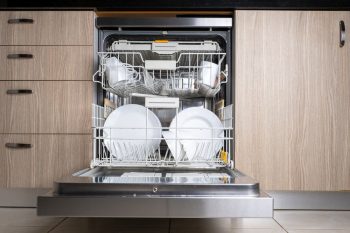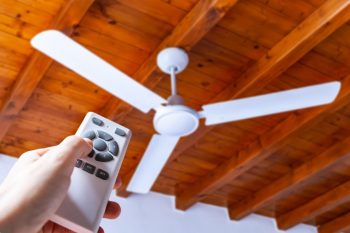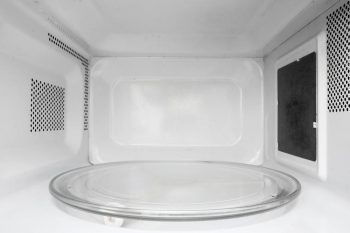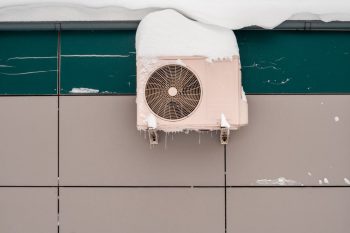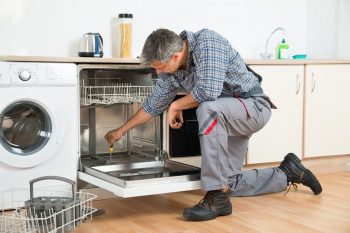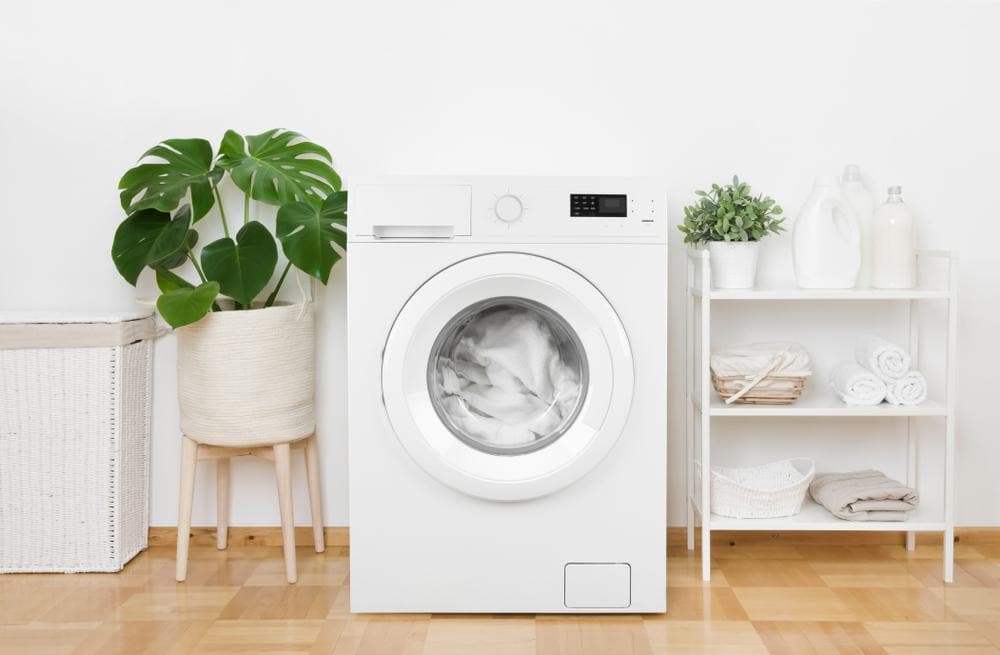
Plumbing a sink and washing machine together can be a complex task that requires a solid understanding of plumbing systems and local building codes. However, with careful planning, the right tools, and step-by-step instructions, you can successfully complete this project. This comprehensive guide will provide you with an in-depth understanding of how to plumb a sink and washing machine together.
To plumb a sink and washing machine together, you need to connect both the sink and washing machine to the necessary water supply lines and install their drains correctly. The sink drain should be connected to a sanitary tee with a cleanout adapter, and the washing machine drain hose should be connected to a standpipe. Then, use a full 2″ sanitary tee to join the sink and washing machine drains. Install a vent pipe for proper ventilation. Always check for proper drainage and leaks. Consult a professional if unsure.
Preliminary Considerations
Before you start, there are several important considerations to keep in mind. First, you need to determine whether the sink drain should be connected above or below the horizontal washer drain. This will depend on the specific layout of your plumbing system and local building codes.
Second, ensure that both the sink and washing machine have access to the necessary water supply lines. You may need to extend or modify existing pipes to accommodate both fixtures.
Third, the washing machine’s drain hose needs to be installed correctly to prevent leaks. Lastly, always have spare parts on hand, such as rubber compression gaskets for metal p-traps and beveled poly washers for PVC traps and arms.
Materials and Tools Needed
To get started, you will need a variety of tools and materials, including a pipe bender, borescope, plumber’s tape, wrenches, tape measure, screwdrivers, plastic pipe and tube cutters, hacksaw, metal file, plumbing brushes, acid flux brush, combination tool, adjustable pliers, auger, pipe thawer, faucet handle puller, drain snakes, flange plunger, hand auger, PEX crimp ring tool, nipple extractor, offset hex wrench, ratcheting pipe cutter, and appropriate piping materials such as copper, PVC, CPVC, or PEX.
Step-by-Step Instructions
- Prepare the Area: Ensure that the sink and washing machine are close enough to each other and that there is enough space for the plumbing connections.
- Install the Sink: Assemble the sink and install stop valves on the sink stub outs.
- Connect the Washing Machine Drain: Connect the washing machine drain hose to a standpipe, which should be between 18 and 30 inches from the floor.
- Connect the Sink Drain: Install a 1-1/2″ sanitary tee with a cleanout adapter and plug set into it for the sink drain.
- Join the Sink and Washing Machine Drains: Use a full 2″ sanitary tee to join the sink and washing machine drains.
- Vent the Drains: Install a vent pipe that goes to the roof or joins other vents on their way to the roof.
- Check for Proper Drainage: Run water through the sink and washing machine to ensure that the drainage system is working correctly and there are no leaks.
Common Mistakes to Avoid
There are several common mistakes to avoid while plumbing a sink and washing machine together. These include not properly maintaining the shared drain pipe, using incorrect drain fittings, not having spare parts on hand, ignoring ventilation issues, and using a drain pipe that’s too small.
Maintaining a Plumbing System
Once you’ve successfully plumbed your sink and washing machine together, it’s important to maintain the system. This includes inspecting hoses regularly, using strainers on all drains, preventing lint buildup, cleaning the washing machine drain, checking for leaks, maintaining proper slope and venting, following local plumbing codes, preventing sewer gas backup, addressing slow drains, and scheduling annual plumbing inspections.
Safety Measures
Safety should always be a priority when undertaking a plumbing project. This includes preparing for the job, wearing proper protective gear, protecting your ears, shutting off the water supply, using the right tools, practicing tool safety, never mixing chemicals, having emergency contact information handy, following safety codes and regulations, and knowing when to call a professional.
Troubleshooting Potential Problems
Potential problems that could arise from plumbing a sink and washing machine together include slow network speeds, weak Wi-Fi signals, damaged cabling, physical connectivity issues, operating system problems, hardware malfunctions, and software configuration issues. To troubleshoot these issues, you can follow steps such as identifying the problem, performing basic checks, testing connectivity, updating software and drivers, running diagnostic tests, checking hardware components, consulting online resources, and seeking professional help.
In conclusion, plumbing a sink and washing machine together can be a complex task, but with careful planning, the right tools, and this comprehensive guide, you can successfully complete this project. Remember to always consult with a professional plumber if you’re unsure about any aspect of the plumbing process, to ensure the job is done correctly and safely.
Frequently Asked Questions
What materials are needed for plumbing a sink and washing machine together?
The materials required for plumbing a sink and washing machine together include a pipe bender, borescope, plumber’s tape, wrenches, tape measure, screwdrivers, plastic pipe and tube cutters, hacksaw, metal file, plumbing brushes, acid flux brush, combination tool, adjustable pliers, auger, pipe thawer, faucet handle puller, drain snakes, flange plunger, hand auger, PEX crimp ring tool, nipple extractor, offset hex wrench, ratcheting pipe cutter, and appropriate piping materials such as copper, PVC, CPVC, or PEX.
What are some common mistakes to avoid while plumbing a sink and washing machine together?
Common mistakes to avoid while plumbing a sink and washing machine together include not properly maintaining the shared drain pipe, using incorrect drain fittings, not having spare parts on hand, ignoring ventilation issues, and using a drain pipe that’s too small.
How can I maintain my plumbing system after plumbing a sink and washing machine together?
You can maintain your plumbing system by inspecting hoses regularly, using strainers on all drains, preventing lint buildup, cleaning the washing machine drain, checking for leaks, maintaining proper slope and venting, following local plumbing codes, preventing sewer gas backup, addressing slow drains, and scheduling annual plumbing inspections.
What safety measures should I consider when undertaking a plumbing project?
Safety measures to consider when undertaking a plumbing project include preparing for the job, wearing proper protective gear, protecting your ears, shutting off the water supply, using the right tools, practicing tool safety, never mixing chemicals, having emergency contact information handy, following safety codes and regulations, and knowing when to call a professional.
What potential problems could arise from plumbing a sink and washing machine together?
Potential problems that could arise from plumbing a sink and washing machine together include slow network speeds, weak Wi-Fi signals, damaged cabling, physical connectivity issues, operating system problems, hardware malfunctions, and software configuration issues.

